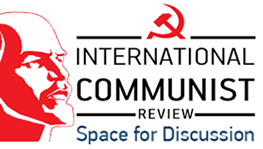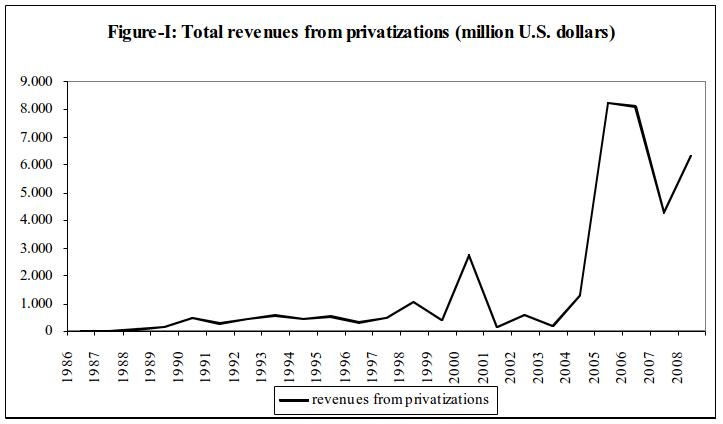What are the advantages and disadvantages of looking at the current crisis of capitalist system from a long-term historical perspective?
The unambiguous disadvantage of such perspective is that, while defining long historical terms, in other words different periods of the capitalist system, many specificities and actual dynamics of class struggle are necessarily ruled out or reduced to mere simplicities. The inquiry into the hegemonies of the capitalist system established at the global scale grays the particularities of different countries’ relationships with the hegemonic structures at different moments of the given hierarchy. Looking at the “long-term” renders this unavoidable…
The advantage of such periodization, on the other hand, is that it enables one to develop a sense of various phenomena within the context of capitalist mode of production’s laws of motion at a world-historical level, rather than dealing with all those phenomena one by one. Theoretical abstractions on the laws of motion of the entire system allow the analyst to investigate the behavior of a single country or a region on the basis of these theoretical constructs. In other words, within this analytical context, the motion or the behavior of the entire system is taken as a determinant of the motion or behavior of its parts.
Due to its depth and extension, the current crisis has pushed questions on the movement of the capitalist mode of production as a world-historical system to the forefront. One shall see it as an irony of the history, as the order of the market declared its “ultimate victory” in the ideological sphere right after the demise of real socialism; yet only after two decades, the question now is, “how will capitalism proceed its way?”
Currently, the most frequently addressed historical reference point is the crush of 1929 and the Great Depression of 1930s. We know that this turbulence had led to a new world war, and only thereafter the imperialist hierarchy could change. The reference to 1929 makes sense within this scope; the present imperialist hierarchy may also change after such intense shocks. Academic Marxists have for long been interested in the question, “how will the world look like after such change?”
The greatest deficiency of recognizing the crisis of the capitalist system and the period that we have been going through in this manner is the disregard it implies in terms of the “subjective factor” in history, i.e. reducing the impacts of class struggle on the course of history into some sort of “probability distribution”. According to such perception, the collapse of the system as a result of revolutionary interventions is only one aspect, a probability, given within the spectrum of the assigned distribution; hence from this perspective, which nullifies the role of subjectivity, it is not possible to develop an analytical framework that recognize the process in terms of opportunities, requirements, drawbacks, tasks and responsibilities before the revolutionary subject of history.
Then, how shall we proceed, how shall we construct our analytical method? Of course, we perceive the world through the lens of Marxism-Leninism, thus we are not in a position to exhaust ourselves with an endless search of methodology. We have our methodology of perceiving historical changes, and being materialists, for sure, we would not trivialize the movement of objective factors, but being students of dialectical logic, we would focus on the surfaces of interaction between subjective and objective factors, and comprehend the strength and direction of the vectors emerging in this space.
Then the crucial question for us is not what the future of capitalism will be and our task shall not be speculating on the form of imperialist hierarchy in the coming decades. We rather look at the possibilities of a socialist revolution that would emerge from the current picture. The rivalry, tensions and power struggles between imperialist forces have a meaning only within this context.
Let me dwell a bit more on the crisis of 1929 as an historical reference point once again. The fundamental question is not how imperialism reacted to the Great Depression and whether or not these responses could be repeated in the current situation. But we should rather look at the historical conflicts accumulated by the Great Depression, and the unequal development of these conflicts and contradictions. At which territories and on which class dynamics did this great crisis of the capitalist system created revolutionary opportunities? At what degree could the working class and the toiling masses of the world could make use of these opportunities, and how did imperialism restructured itself upon the catastrophe it created?
Making use of the long-term perspective I addressed at the beginning would be helpful in this regard. However, in order to avert or at least minimize the disadvantages of this perspective, we may construct our perspective from the circles in which the contradictions of the system had accumulated to the system as a whole. Thereby, we may ease, even if not overcome, the tension between the concrete analysis of the concrete situation of the class struggle and the historical periodization of the entire system’s movement.

